As long as you use your smartphone a lot, it’s almost inevitable that you’ll eventually drop it. You may be very careful, but just touch it lightly and your phone will fall. While iPhone screens are designed to take impact, you may still end up with a shattered screen, even an LCD screen.
Good news: A broken screen doesn’t mean your phone is dead. In fact, if it’s just glass that’s broken, it’s quick and cheap to fix. The bad news: If the LCD screen is broken, it will cost you more to repair it.
1. What is the difference between glass and a liquid crystal display (LCD)?
In researching replacement parts, you’ve probably encountered two distinct options: glass screens and LCD screens. The first option is cheap, but the second is definitely not. The difference is as follows:
1. The glass screen is the outer layer of the phone display. While it’s specifically designed for durability, it’s still just glass (in between layers of plastic film), which is why it’s not very expensive to replace.
2. The LCD (or liquid crystal display) screen is entirely responsible for the display and touch response functions of the device.
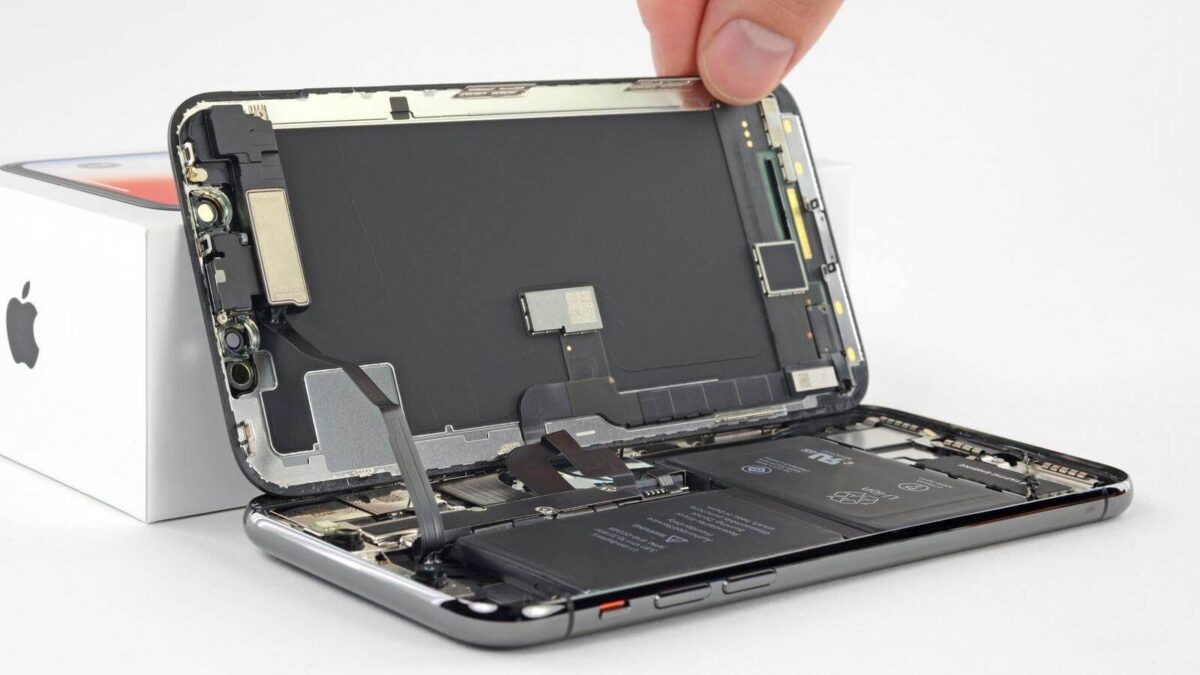
2. What is the difference between a cracked screen and a damaged LCD screen?
When your phone is dropped, with a cracked or shattered screen, your worst fears about your phone have already happened. Replacing your phone’s screen can be expensive, but it mostly depends on which screen you damage. The LCD screen underneath most smartphones is protected and enhanced by a front screen.
The LCD screen is the more important of the two, providing all display functions as well as the touch interface that is crucial to smartphone functionality. Better to have frontal screen damage than damage extending to the LCD screen. However, you should fix the front screen as soon as possible. If your front screen is damaged, you still run the risk of damage to your LCD screen, as the protection it provides is lessened if the front screen is cracked or shattered.
If your phone has been dropped and the screen is cracked or shattered, but the display is still on, you may just have damaged the front screen. If you see lines, black spots, or discolored areas, or if the screen does not light up, your LCD screen is probably damaged.
Note that replacing the LCD screen is more expensive than just replacing the front screen. To avoid any cracks in the first place, it is wise to install a tempered glass screen protector on your phone to make your device less likely to shatter or crack. Plus, if you buy a good-quality phone in the first place, it’ll be better able to withstand the inevitable bumps and missteps.
You can avoid this frustrating fate if you take the necessary steps to protect your smartphone.
3. If the glass is broken, check the display and find
– Black dots, discolored areas, or blurred parts appear on the screen.
– The screen remains completely black.
– The lines or patterns are not simple glass cracks.
– Lack of touch sensitivity.
If you are experiencing any of these issues, you may have a damaged LCD screen. If the glass is broken, but the display is clear and the touch is functional, that’s a good sign. The problem might just be the glass screen.
4. “Copy” the iPhone screen with the original screen
“Original” screens are those that include an LCD made for Apple. “Copy” screens are compatible replacements designed and manufactured by companies independent of Apple. We always recommend customers use original screens. The price difference is usually small, but the quality is much better and the price difference is quite small.
Many other repair centers don’t offer this option, but it’s not clear if they are using copy screens. Some people will lie about it.
Reproduced screens are usually of lower quality in the following ways:-
- LCD display panels may suffer from poorer resolution (i.e. appearing “grainier”), poorer brightness, contrast, and vividness, and reduced refresh rates.
- Often substandard digitizer (touch) performance is probably the biggest source of copy screen problems.
- Changes to original specifications may cause battery and performance issues. Some poorly designed screens may even damage the backlight circuitry.
- The fingerprint reader (part of the screen assembly) doesn’t always work properly.
- Copy screens are generally more susceptible to damage and are less resilient to everyday use.
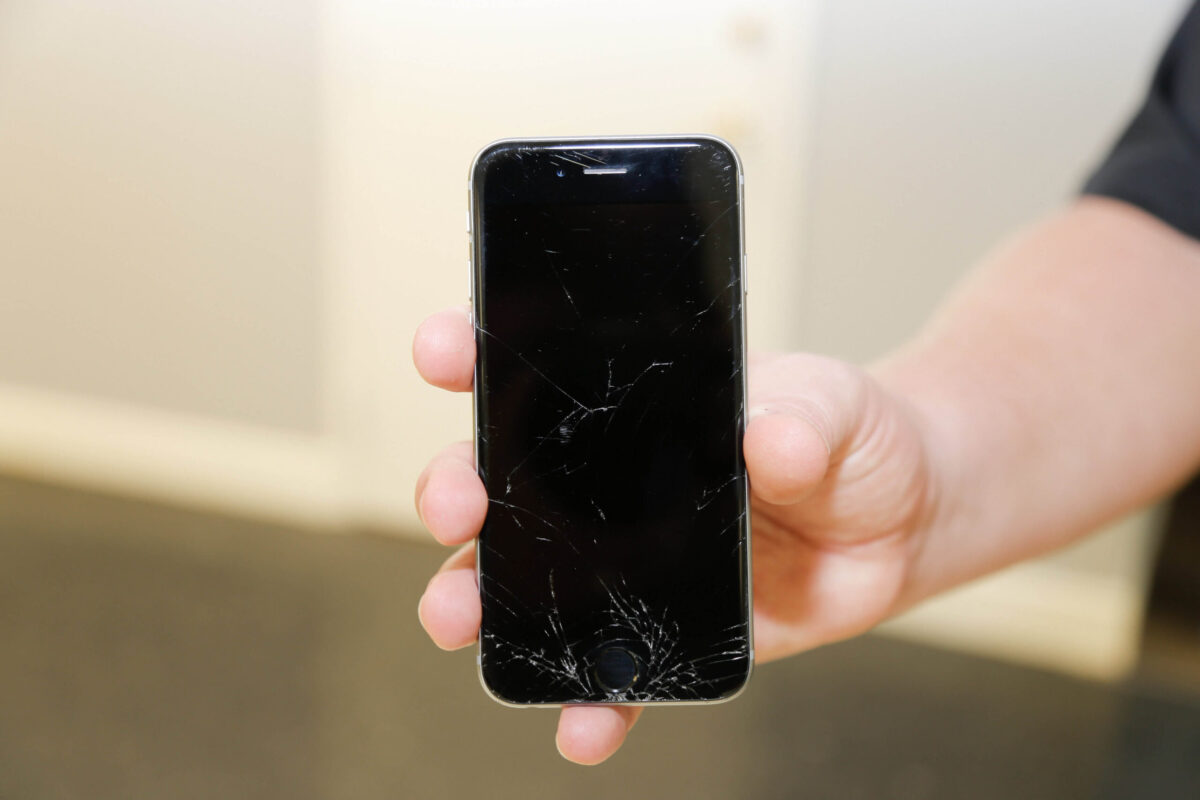
5. Which is better, OLED or LCD?
OLED and LCD screens have their own advantages and disadvantages, and the following are the specific differences.
1. The resolution is different: that is how many pixels per Inch, LCD is leading.
2. The aperture ratio is different: the light-emitting area is divided by the entire screen area. Before, LCD was ahead, but now it is basically OLED.
3. The contrast is different: pure black is more than pure white, OLED can reach 10000, LCD is 2000, and OLED has an absolute advantage in contrast.
4. The width of the color gamut is different: OLED has beautiful colors and a wide color gamut. NTSC can reach up to 100%, while LED screens can reach up to NTSC72%. From the perspective of color, OLED screens are more eye-catching.
5. The thickness of the screen is different: because the structure of the OLED screen is simpler, it has a thinner and better curvature. Therefore, OLED screens can be made thinner than LED screens.
6. Precautions for LCD use
Since the LCD is composed of two thin glass sheets sealed by a sealant. In order to avoid LCD damage and scraping, it is strictly forbidden to drop, hit hard objects, squeeze the LCD surface, and apply uneven assembly force during use.
For LCD products equipped with metal pins, it is necessary to strictly avoid pulling and twisting the metal pins during use; when soldering the pins with a soldering iron, the welding time should be short (less than 3-4s), so as not to damage the reliable connection between the metal pins and the LCD. Make the LCD not work properly.
Since the surface of the LCD is a plastic polarizer, it is necessary to prevent it from being scratched or stained by hard objects during use. The protective film of the polarizer on the LCD viewing surface should be peeled off when the final assembly is completed.

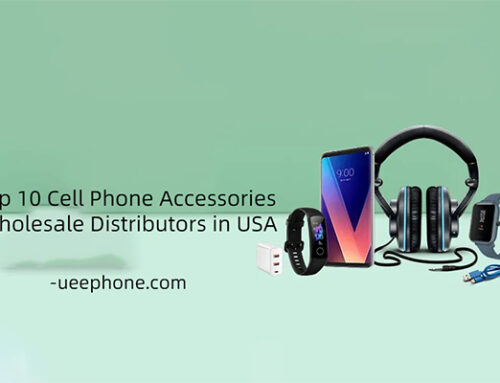
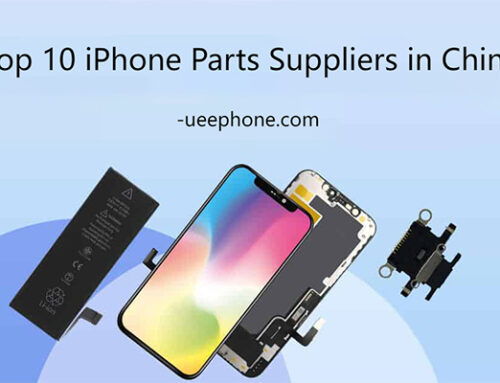

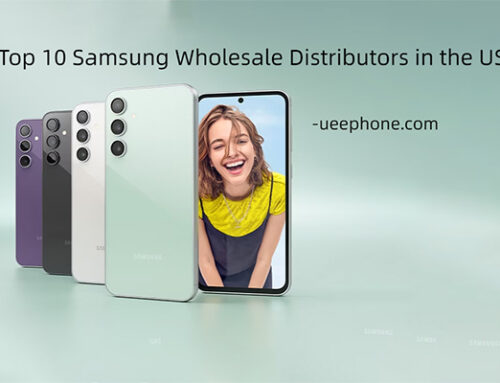
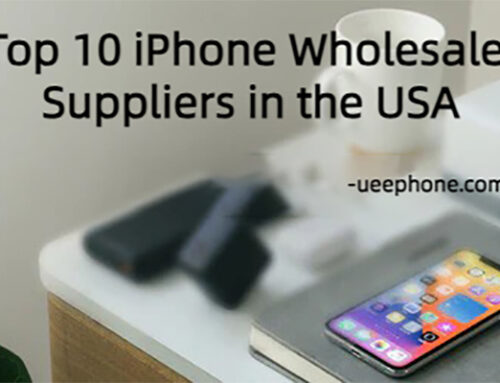
Leave A Comment